Several trends in traditional and non-traditional benefits are poised to transform the HR and benefits landscapes.
GENERAL TRENDS
Rapid technological advancements and shifting employee expectations have added another layer to recruiting and retaining top talent. The world of employee benefits must evolve to meet the changing needs of the workforce.
Traditional benefits like health insurance, retirement plans, and paid time off serve as hygiene factors or factors that help prevent employee dissatisfaction. On the other hand, a focus on creative and non-traditional benefits can provide valuable motivation to employees.
A combination of benefits that meet both types of employee needs concerning hygiene and motivational factors is necessary to maintain a productive workforce. Let’s look at the traditional and creative benefits trends for 2024 and beyond.
TRADITIONAL BENEFITS
Traditional benefits typically satisfy essential employee expectations and will continue to be a cornerstone of a competitive benefits package.
Insurance
Insurance remains a cornerstone of employee benefits, with a growing emphasis on expanding coverage and reducing costs. According to a Census.gov survey, 86% of private-sector employers offer employer-sponsored health insurance.
Employees value a variety of health benefits, including comprehensive health plans with vision and dental coverage. The Kaiser Family Foundation reports that in 2020, the average coinsurance rates for employer-sponsored health insurance plans were 18% for primary care, 19% for specialty care, and 20% for hospital admissions and outpatient surgery.
More organizations are offering customized health benefits options or cafeteria plans to enhance their benefits packages. Health Savings Accounts (HSAs) enable employees with high-deductible health plans to save pre-tax funds for medical expenses, with the advantage of rolling over unused funds from year to year.
Flexible Spending Accounts (FSAs) also contribute to a robust benefits plan. The US Department of Labor notes that the percentage of private industry workers with access to flexible healthcare spending accounts increased from 36% in 2012 to 43% in 2021. Unlike HSAs, FSAs do not require enrollment in a high-deductible plan and provide similar pre-tax benefits for medical expenses, although funds do not roll over and contribution limits are lower. Additionally, HSAs are portable from employer to employer, whereas FSAs are not.
Paid Time Off
Paid Time Off (PTO) is crucial for maintaining work-life balance and employee well-being. In 2024, companies increasingly offer flexible PTO policies, a move away from separate vacation, sick leave, and personal time banks, allowing employees to take time off for vacation, sick leave, or personal reasons.
While PTO on an accrual basis remains common and serves as an employee motivator, the added flexibility in PTO and holidays helps employees manage their time effectively, reducing burnout and promoting overall well-being. This, in turn, enhances job satisfaction and performance.
A Bureau of Labor Statistics study explored PTO offerings, revealing that on average, employees receive 8 days of vacation after 1 year, 10 days after 3 years, 14 days after 10 years, and 16 days after 25 years. These averages show the evolving standards in PTO offerings and can be a helpful benchmarking tool. However, it’s notable that 52% of employees report working while on PTO, indicating a need for better boundaries and support during time off.
Employers must incentivize the use of PTO if it is provided; otherwise, employees may feel unsatisfied, and the investment in these benefits could be well-spent. Forbes Advisor says nearly a third of employees (31%) report PTO as a top benefit. Additionally, organizations in 2024 are more frequently offering summer hours, shortened workweeks like four-day schedules, and sabbatical leave programs to support personal and professional development.
Retirement Plans
Retirement plans are paramount for the long-term financial security of employees. Companies are strengthening their retirement benefits by modifying employer contributions or offering matching programs to help employees save for the future.
In addition to traditional offerings, some organizations are revisiting retirement options such as the Defined Benefit plan to give employees more flexibility. Multiple retirement options are now being offered by some organizations.
Additionally, an upcoming regulatory change will make automatic enrollment obligatory for all 401K and 403(b) plans established after December 29, 2022. This change will go into effect January 2025. Plans established before this date will be “grandfathered in” and exempt from the automatic enrollment obligation. In theory, this change should incentivize employee financial wellness, simplify access to retirement savings, and encourage higher participation rates.
CREATIVE BENEFITS
A creative benefits package can be a source of competitive advantage, serving as a strong motivator towards employee satisfaction, well-being, and performance. Here are some trends we’re seeing:
Flexible Work Arrangements
Flexible work arrangements have become popular since the COVID-19 pandemic and continue to be valued years later. While challenging, flexibility offers employees greater autonomy and work-life balance. Companies are expanding their remote work policies and hybrid work models to accommodate employee needs.
Innovative organizations are limiting burnout and improving performance by moving to a four-day workweek or making other adjustments to work arrangements. A recent study by Upwork estimates that 32.6 million Americans will work remotely in 2025, highlighting the growing need for flexibility in work locations, environments, and arrangements.
Family Benefits and Work-Life Balance
In addition to statutory benefits like maternity and paternity leave, many companies are prioritizing work-life balance and family-related benefits. Offerings may include extended parental leave and childcare assistance programs.
Organizations also recognize the need for elder care support, helping employees care for aging parents or relatives. Some companies go above and beyond with pet care, pet insurance, and other subsidies for employees’ four-legged friends.
Mental Health and Well-being
The focus on mental health and well-being has intensified, driven by the recognition of its significant impact on employee productivity and satisfaction. In addition to traditional Employee Assistance Programs, companies are implementing comprehensive mental health initiatives, with some even staffing mental health providers to offer more extensive support than typical health insurance covers.
These programs are designed to provide multiple levels of support, including access to therapists and counselors in person and through telehealth services. Promoting physical health and wellness remains a priority in 2024, with companies incentivizing healthy behaviors through various health and fitness programs, such as subsidies for gym memberships and encouraging employees to prioritize their physical well-being.
For more insights on current benefits trends, explore this great article from SHRM. Additionally, NIPA provides valuable information on automatic enrollment in retirement plans, which can help streamline benefits administration and enhance employee participation.
The Workplace Advisors is here to support you now and in the future! We provide comprehensive compensation and rewards program consulting, including market pricing, compensation analysis, and more. Let us help you successfully navigate everything 2024 has in store.
Nicholas Ritchie, The Workplace Advisors, Recruiting Coordinator






